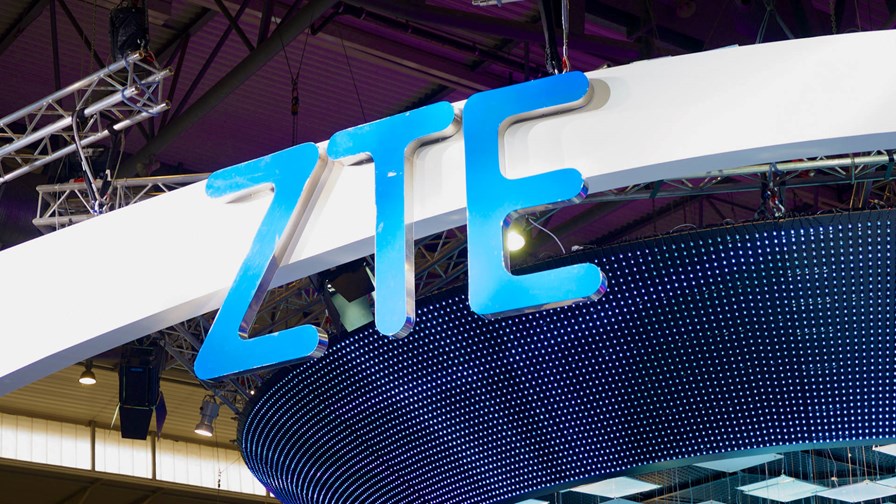
© Flickr/cc-licence/Karlis Dambrans
- Coverage of 3.5GHz 5G NR claimed to be superior to that of 2.6GHz FDD LTE
- Re-segmentation of 4G access network architecture issues still remain
- Need to balance the cost of bearer networks with the radio performance
- Wants 5G bearers to use the innovative xHaul solution
ZTE has been setting out its 5G credentials at last week’s regional Mobile World Congress event in Shanghai, upping the volume of its news releases and refusing to be outshone by local rival Huawei (view TelecomTV’s Tracker analysis here). One of the areas in which ZTE was focusing was around site location and the ability of 5G networks to coexist and collocate with legacy LTE networks, especially in the lower frequency bands. The ability to co-locate base stations will help operators to reduce the number of new 5G sites required, thereby reducing their initial 5G investment and it should also increase returns of investment in 5G networks.
“As mobile operators prepare for 5G services, network coverage is the top challenge,” said Xiang Jiying, Chief Scientist at ZTE, during a presentation at the event. “ZTE believes that lower-frequency 5G NR (New Radio) can absolutely achieve equivalent or better network coverage than 4G due to the link gain generated by new technologies such as Space Division Multiple Access (SDMA), beam forming, and terminal dual-transmission channel precoding.”
Much attention is being given to 5G’s ability to operate in the higher frequency (cm and mm wavelength) bands, but the challenges here are to minimise the associated increased spectral signal path loss if high-quality signal coverage is to be obtained. This is not so relevant in the lower sub-3GH frequency bands, and we are starting to see a lot more noise made by vendors and operators regards this scenario.
“Especially in densely-populated urban areas, whether in Non-Line-Of-Sight (NLOS) propagation scenarios or Line-Of-Sight (LOS) propagation scenarios, the coverage of 3.5 GHz 5G NR is superior to that of 2.6 GHz FDD LTE,” explained Dr. Xiang, “and therefore the co-location of 5G and 4G is completely feasible.”
Network Slicing
ZTE cautions that operators will still need to address the issue of re-segmentation of 4G access network architecture to manage the costs of deploying 5G networks. It’s also an issue still to be resolved by 3GPP, which is why ZTE is publicising its pitch.
“If the 4G CPRI interface mechanism is still used in 5G networks, the interface bandwidth is too high, resulting in the extremely high cost of 5G bearer networks,” said Dr Xiang. “Therefore, the re-segmentation of the 5G access network architecture becomes inevitable. So far, seven solutions have been proposed for the segmentation of 5G access networks. If the segmentation points are closer to the RF processing layer, the requirements for the transmission bandwidth and delay are higher and the system performance is better. If the segmentation points are closer to the user plane processing layer, the requirements for the transmission bandwidth and delay are lower while the radio performance loss is higher accordingly.”
ZTE believes that the selection of the segmentation points must give proper consideration to both the acceptable cost of bearer networks and the performance of radio systems. Well-balanced solutions with moderate requirements for bandwidth and delay and with good radio performance, it argues, will help the convergence of 4G and 5G networks.
ZTE also has strong views on how operators should reach and support vertical industry customers, through slicing services using virtualised network functions and facilitating on-demand deployment of network elements.
“In the future, 5G network functions will be completely distributed in the virtual access networks on demand,” said Dr. Xiang. “5G bearers must use the innovative xHaul solution that integrates the IP and optical transmission technologies to include multiple interfaces, such as the Ethernet, CPRI, and eCPRI interface, in the same underlying optical fibre network, support flexible end-to-end logical slicing of 5G networks, and fully satisfy the bandwidth and delay requirements for the eMBB, mMTC, and uRLLC services.”
Additional info
As an aside, the 5G-XHaul project – which ZTE is not a partner of, but Huawei is (confusing? You bet) – is being run under the European 5G-PPP initiative. It proposes a converged optical and wireless network solution able to flexibly connect small cells to the core network, allowing the dynamic allocation of network resources to predicted and actual hotspots. 5G-XHaul technologies will be integrated in a city-wide testbed in Bristol, UK, to support the evaluation of new optical and wireless elements and end-to-end performance.
Also worth noting is the 3GPP’s progress on network slicing. The SA5 Group is nearing the completion of its study on the management and orchestration of network slicing and is ready to start the normative phase. However, several questions still remain before the group meets again in August, when we expect a further update on progress.
Email Newsletters
Sign up to receive TelecomTV's top news and videos, plus exclusive subscriber-only content direct to your inbox.




